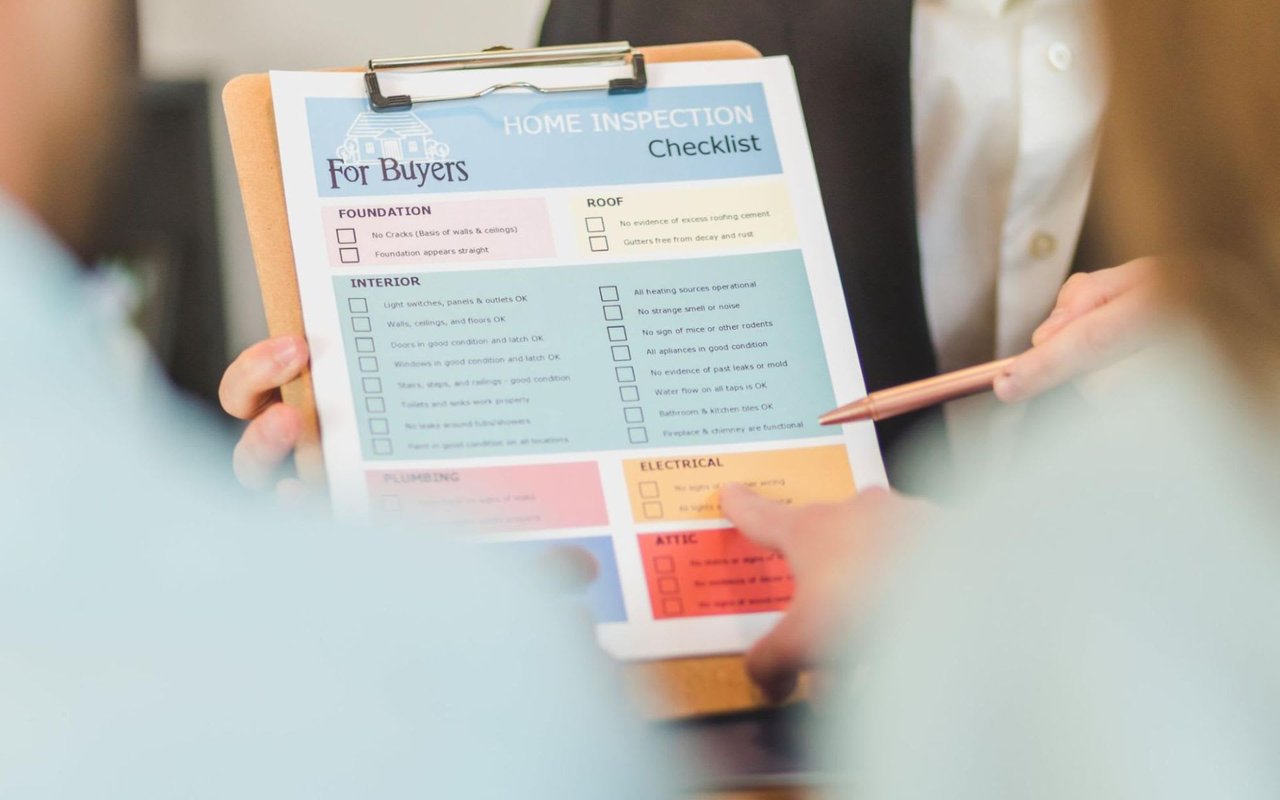When purchasing a home, one of the most crucial steps to ensure that the property is in good condition is a comprehensive home inspection. While the exterior may look perfect, hidden issues could exist, and without a proper inspection, you might find yourself dealing with costly repairs. This guide will walk you through the key elements to focus on during the home inspection process, ensuring you make an informed decision.
What is a Home Inspection?
A home inspection is a thorough assessment of a property's condition, typically conducted by a licensed professional before the finalization of a home purchase. This process is designed to identify any structural, mechanical, or safety issues that could affect the property’s value or pose a risk to the occupants.
While home inspections aren't legally required in most states, they are highly recommended as they provide valuable insight into the property's overall condition. The inspection covers essential areas such as plumbing, electrical systems, roofing, foundation, and more, offering peace of mind before closing the deal.
Key Areas to Inspect
When undergoing a home inspection, there are several critical areas that inspectors typically focus on. These areas give a comprehensive view of the home's structural and mechanical health. Below are some of the most important elements you should expect in a detailed home inspection.
1. Structural Components
The structural integrity of a home is fundamental. Inspectors will check the foundation, framing, and overall construction to ensure the property is stable and free of significant issues like cracks, water damage, or sagging. Any foundational issues can lead to expensive repairs, so it’s vital to know the current condition of these elements.
2. Roof and Attic
A roof inspection is necessary to determine if there are any leaks, missing shingles, or other damage. Roof repairs or replacements are often one of the costliest fixes for new homeowners. Along with the roof, inspectors will check the attic for signs of leaks, proper insulation, and ventilation. Poor insulation or ventilation in the attic can result in higher energy bills and potential moisture problems.
3. Plumbing System
Inspectors will evaluate the plumbing system, including water pressure, the functionality of faucets and showers, and the state of water heaters. They will also check for any potential leaks or signs of corrosion in the pipes. Plumbing issues, if undetected, can lead to significant water damage, mold growth, and expensive repair costs.
4. Electrical System
A properly functioning electrical system is vital for the safety of any home. During an inspection, the inspector will assess the electrical wiring, circuit breakers, and outlets to ensure they meet safety standards. Older homes may have outdated wiring, which can pose a fire hazard and may need to be updated to comply with modern codes.
5. HVAC Systems
Heating, ventilation, and air conditioning (HVAC) systems are crucial for maintaining a comfortable living environment. Inspectors will check the HVAC units to ensure they are functioning efficiently and that there are no issues with airflow, ducts, or filters. It's important to note that older systems may require repairs or replacement, which can be a significant investment.
6. Exterior
The condition of a home's exterior, including siding, windows, doors, and porches, will be examined. The inspector will look for any damage or wear that could indicate water intrusion or structural weaknesses. Windows and doors are also checked for proper sealing, as drafts can impact energy efficiency.
7. Interior
Inside the home, inspectors will focus on areas like walls, ceilings, floors, and appliances. They will look for signs of water damage, cracks, or mold. Any defects in these areas can be indicators of more significant problems elsewhere in the home.
Additional Tests and Inspections
While a standard home inspection covers the basics, additional tests may be necessary depending on the property's age, location, and other factors. Some of these optional tests include:
-
Radon Testing: Radon is a radioactive gas that can pose serious health risks if present in high concentrations. Radon testing is essential, especially in areas known for high levels.
-
Mold Inspection: If there are signs of water damage or musty odors, a mold inspection might be recommended to prevent potential health hazards.
-
Termite Inspection: Particularly important in older homes, a termite inspection will detect any infestations that could compromise the structure of the house.
-
Asbestos and Lead Paint Testing: These tests are typically conducted in older homes where these materials may have been used during construction. Exposure to asbestos and lead can pose serious health risks.
How to Choose a Qualified Inspector
Selecting a qualified home inspector is just as important as the inspection itself. You’ll want to ensure the inspector is licensed, experienced, and comes highly recommended. Here are a few tips to help you choose the right professional:
-
Check Credentials: Verify that the inspector is certified by a reputable organization, such as the American Society of Home Inspectors (ASHI).
-
Review Experience: An inspector with years of experience in the field will likely provide a more detailed assessment than someone just starting.
-
Ask for Sample Reports: Reviewing a sample inspection report will give you a sense of the thoroughness of the inspector’s work and what to expect in your report.
Buy With Confidence
A home inspection is a critical part of the home-buying process. It can reveal issues that may not be immediately apparent, helping buyers make informed decisions. The information gathered during the inspection can be used to negotiate repairs or adjust the final purchase price.
For those looking to buy a home in Bellevue, WA, working with knowledgeable professionals can make all the difference. Brian Hawkins & Cyrus O'Bryant are ready to assist you with finding the perfect home. Reach out to Brian Hawkins & Cyrus O'Bryant today to get started on your journey to homeownership in Bellevue.




